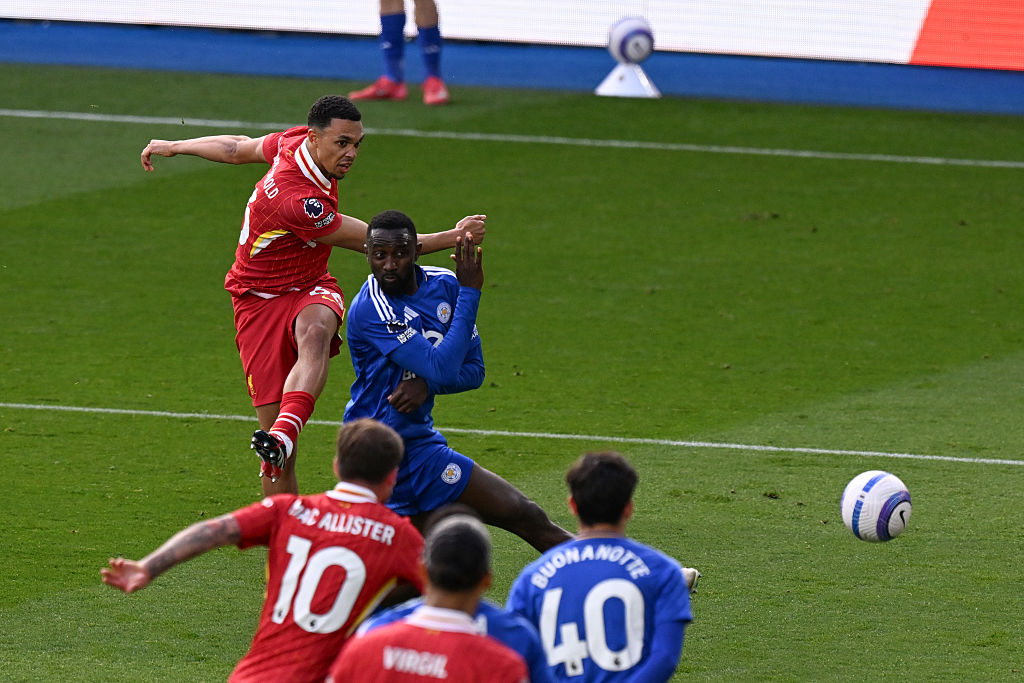Michael Cox: England must change midfield structure against Bale's Wales
Roy Hodgson's side could be left exposed by quick breaks on Thursday unless the midfield triangle is reformulated, writes Michael Cox...
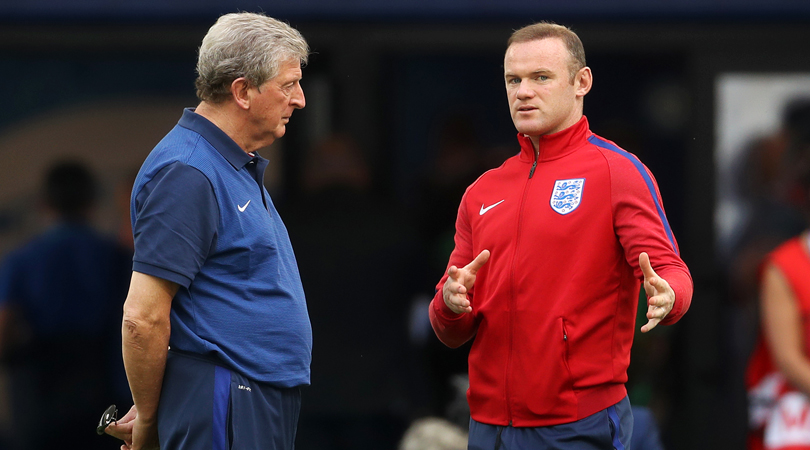
While a 1-1 draw against a desperately poor Russia side unquestionably qualifies as a disappointment, England manager Roy Hodgson doesn’t need to make sweeping changes to his starting XI for Thursday’s meeting with Wales.
The problem on Saturday wasn’t the poor starting selection, rather the underwhelming use of substitutes. To a large extent, Hodgson would be wise to deploy very similar tactics once again.
Against Russia, England’s system worked well. They commanded possession, while there was good movement and clever passing combinations inside the opposition's half. The major problem was that England didn’t create enough chances for their level of dominance, partly because Raheem Sterling and Harry Kane, the two most advanced players, performed poorly. Those two, it seems, are most in danger of being dropped.
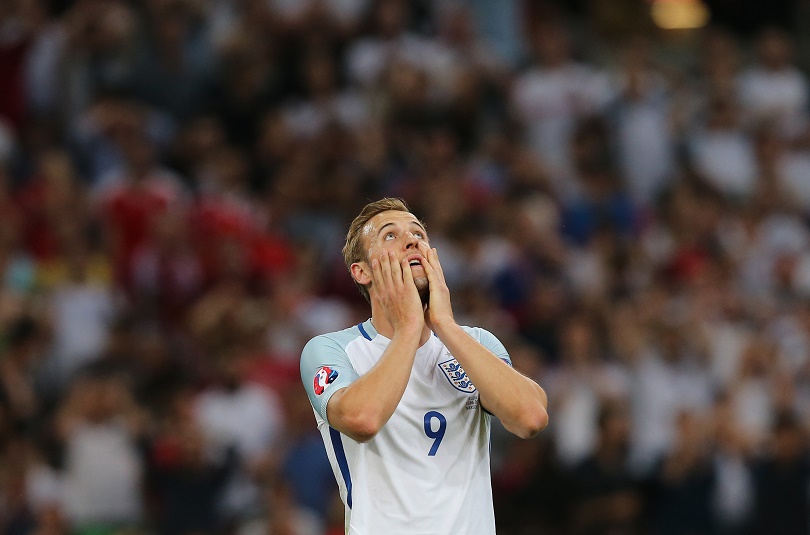
Change up top?
It would be a fairly dramatic decision to ditch Kane after just one game, however, and while Sturridge offers pace in behind the opposition defence, it’s again doubtful whether England will be capable of playing that way against Wales
Sterling was alarmingly sluggish, often slowing play down rather than quickening the tempo, although it’s difficult to see who else could reasonably play that role against Wales. Jamie Vardy could have been introduced against Russia when England were 1-0 up and playing on the counter, giving him space to break into, but he might not be particularly effective against a Wales defence that is likely to defend deep.
Kane, meanwhile, struggled to get into the game, and reports suggest Daniel Sturridge could come into the team for the Wales clash. It would be a fairly dramatic decision to ditch Kane after just one game, however, and while Sturridge offers pace in behind the opposition defence, it’s again doubtful whether England will be capable of playing that way against Wales.
Peculiarly, where Hodgson might need to tweak things is in the areas where England were excellent against Russia. The best part of England’s play in Marseille was the Tottenham connection in deeper positions: Danny Rose and Kyle Walker flew forward repeatedly, with Eric Dier moving into a good covering position. Against Wales, however, Dier will need to dedicate his entire attention to stopping Gareth Bale.
Get FourFourTwo Newsletter
The best features, fun and footballing quizzes, straight to your inbox every week.
Protection against the counter
Dier won’t be able to move laterally across the pitch to cover for the full-backs without leaving Bale free between the lines, and therefore Hodgson will need more structure in front of his defence
Bale started as a No.9 in the 2-1 win over Slovakia, but is likely to be shifted into a deeper position against England, where he’ll see more of the ball and charge forward on the break.
Dier won’t be able to move laterally across the pitch to cover for the full-backs without leaving Bale free between the lines, and therefore Hodgson will need more structure in front of his defence. Wayne Rooney and Dele Alli can’t fly forward simultaneously and leave Dier stranded, and a change to the central midfield zone would therefore make sense.
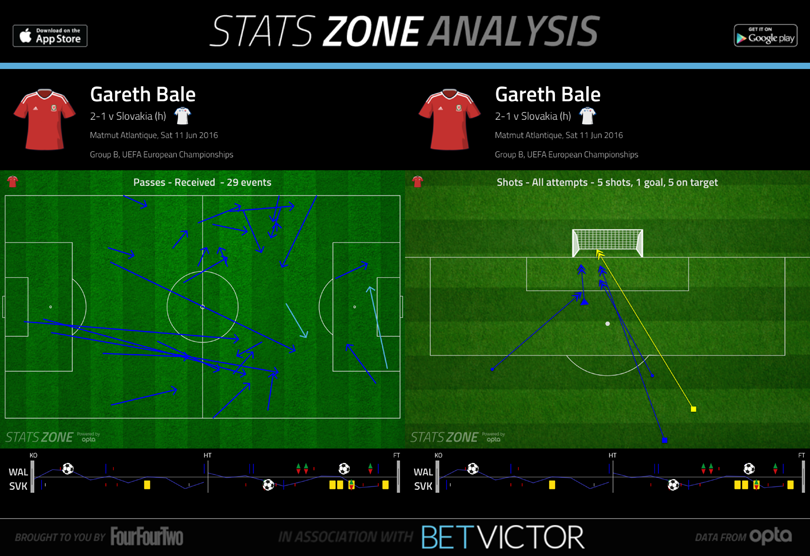
Ideally, Hodgson would leave out Rooney or Alli, introducing a more positionally disciplined central midfielder like Jordan Henderson or James Milner to sit deeper and help Dier.
That’s unlikely, though, and Hodgson will probably continue with the same midfield trio. He must therefore ensure one of Rooney or Alli – probably the former – remains in a deeper position to prevent England from becoming disjointed and open between the lines.
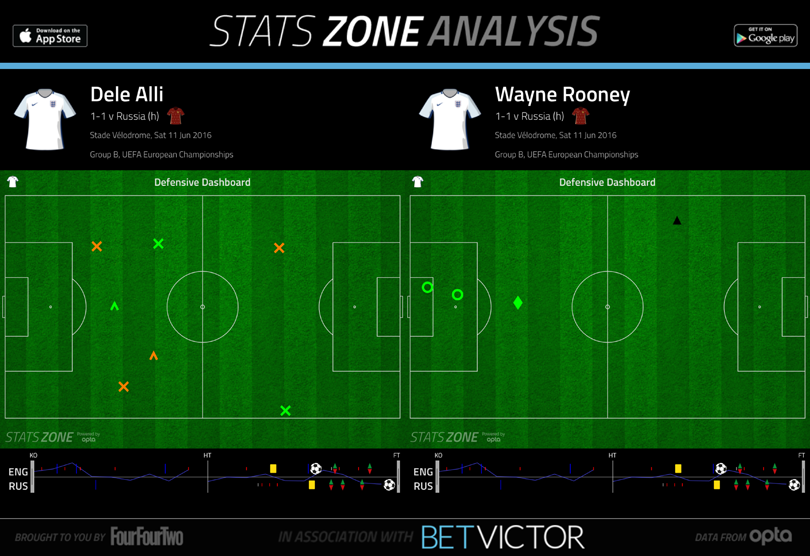
England were eliminated from the 2014 World Cup at an early stage because Hodgson put too many resources into attack, leaving space between the lines and exposing the centre-backs to pace.
There’s a danger something similar might happen again here. It might seem strange to make a change in an area that worked well against Russia, but Wales – and Bale in particular – offer a completely different counter-attacking threat.
